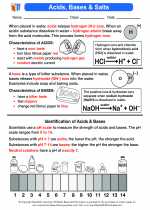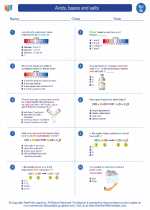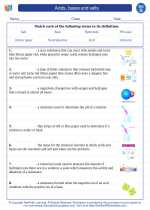Paleobiology
Paleobiology is the study of the history of life on Earth through the examination of plant and animal fossils. It combines principles of biology and geology to understand the evolution and interactions of ancient organisms, as well as the environments they inhabited.
Key Concepts
- Fossils: Learn about the different types of fossils and how they form.
- Evolution: Understand the processes of natural selection and genetic variation that drive evolution.
- Paleoecology: Explore the ancient ecosystems and the interactions between organisms and their environments.
- Stratigraphy: Study the layers of rock formations and their significance in understanding Earth's history.
- Biostratigraphy: Examine the use of fossils to date and correlate rock layers.
Study Tips
- Review the different types of fossils and their significance in understanding past life forms.
- Understand the principles of evolution and how they apply to the fossil record.
- Explore the role of paleoecology in reconstructing ancient environments and ecosystems.
- Practice identifying and interpreting rock layers and fossils in stratigraphy and biostratigraphy.
- Utilize diagrams, charts, and timelines to visualize evolutionary processes and geological time scales.
Additional Resources
- Read scientific papers and articles on recent discoveries in paleobiology.
- Visit natural history museums or geological sites to see fossil collections and exhibits.
- Join paleontology clubs or groups to engage in discussions and field trips related to paleobiology.
- Watch documentaries or online lectures by paleobiologists to gain insights into their research and findings.







